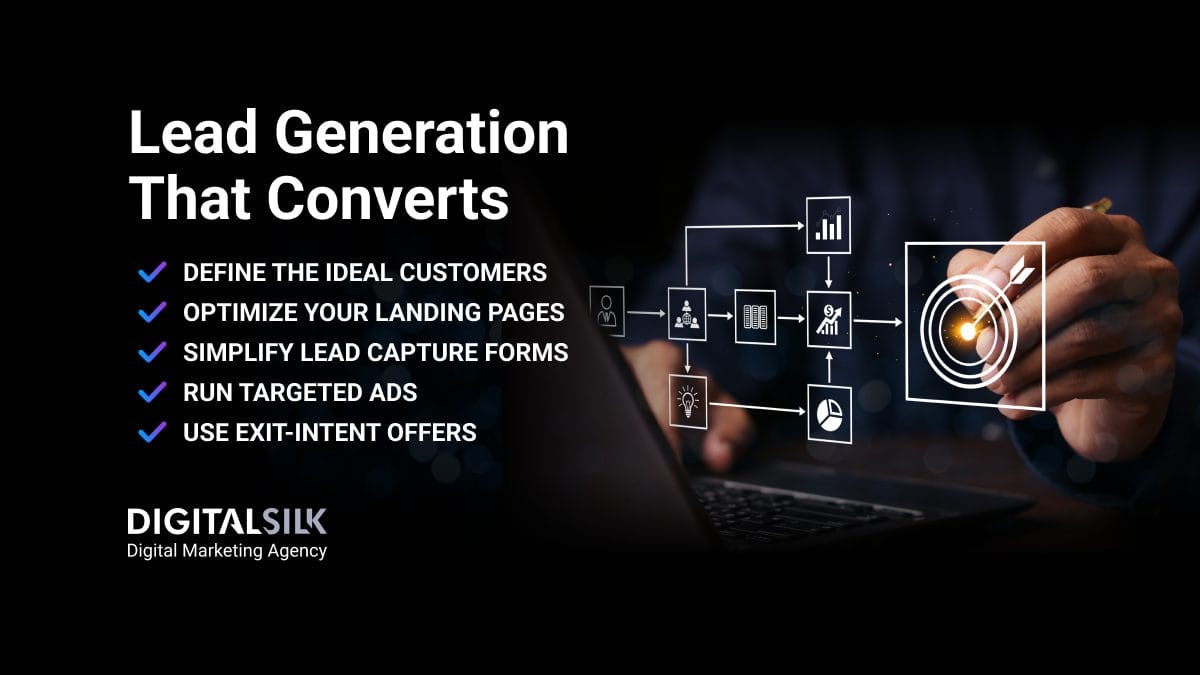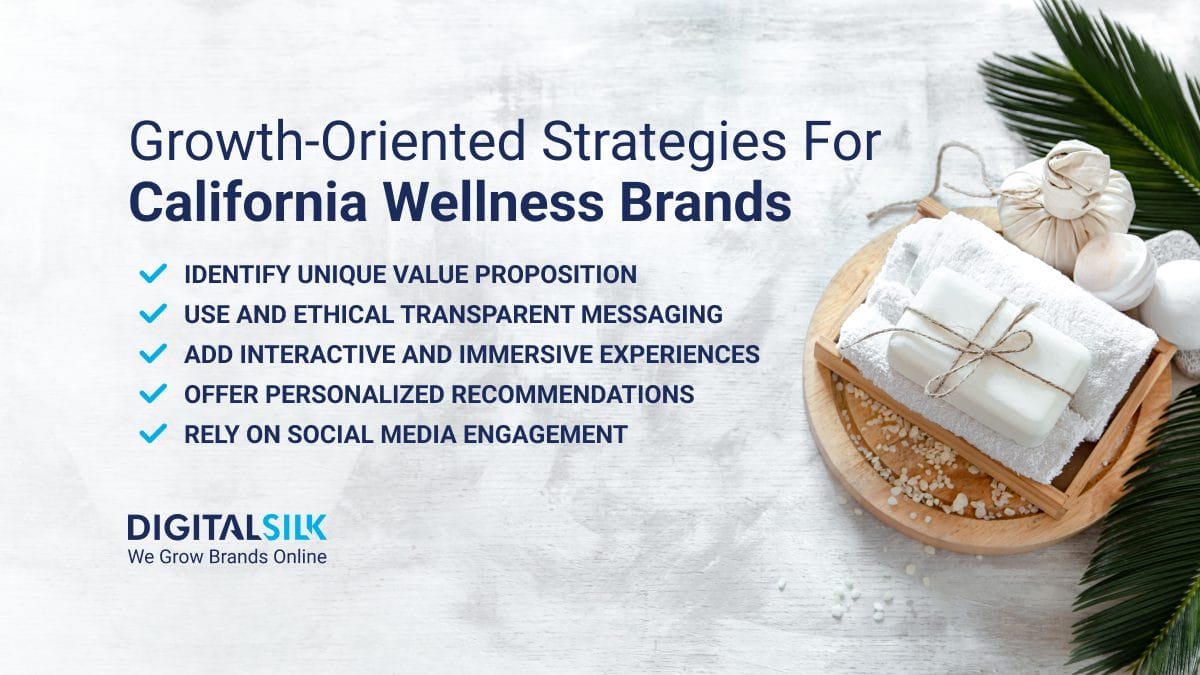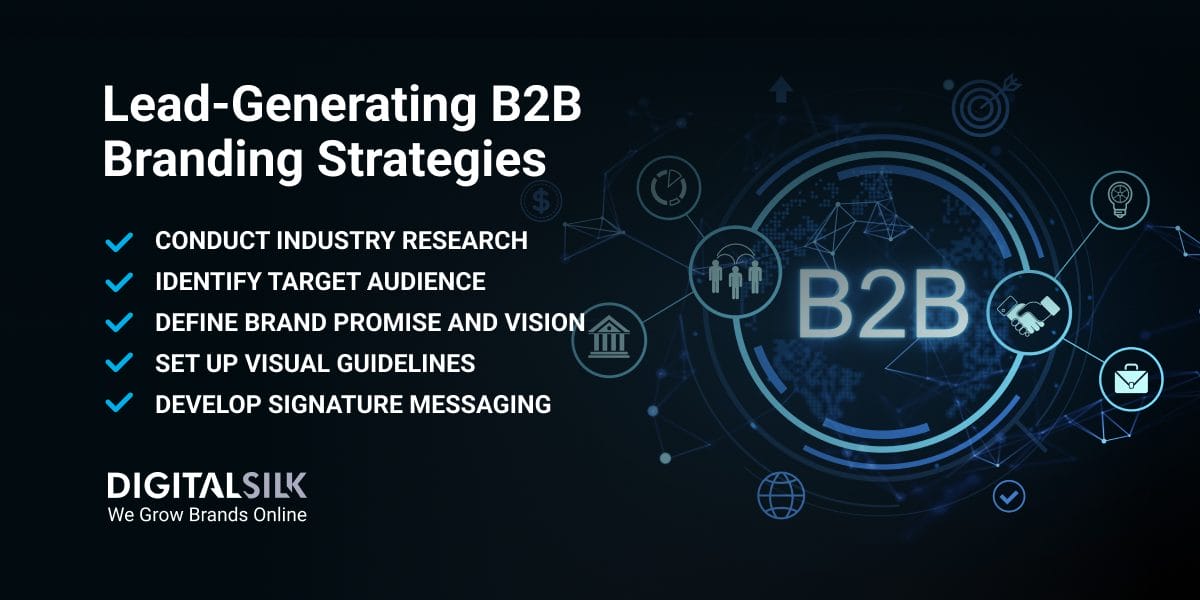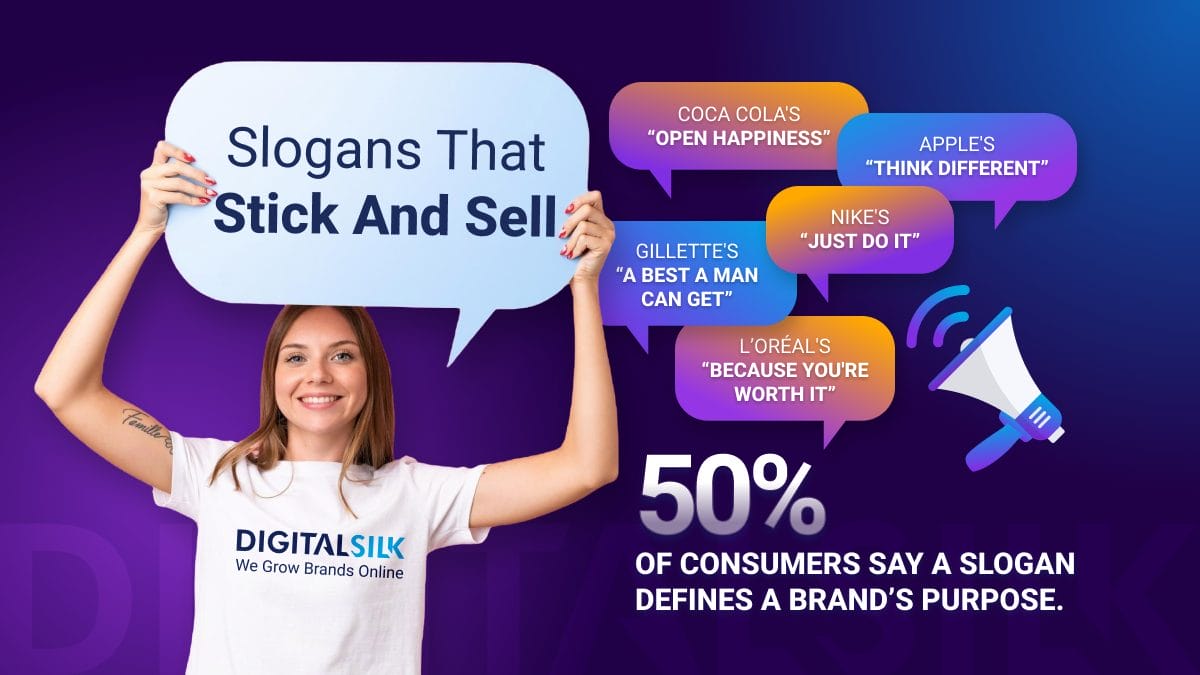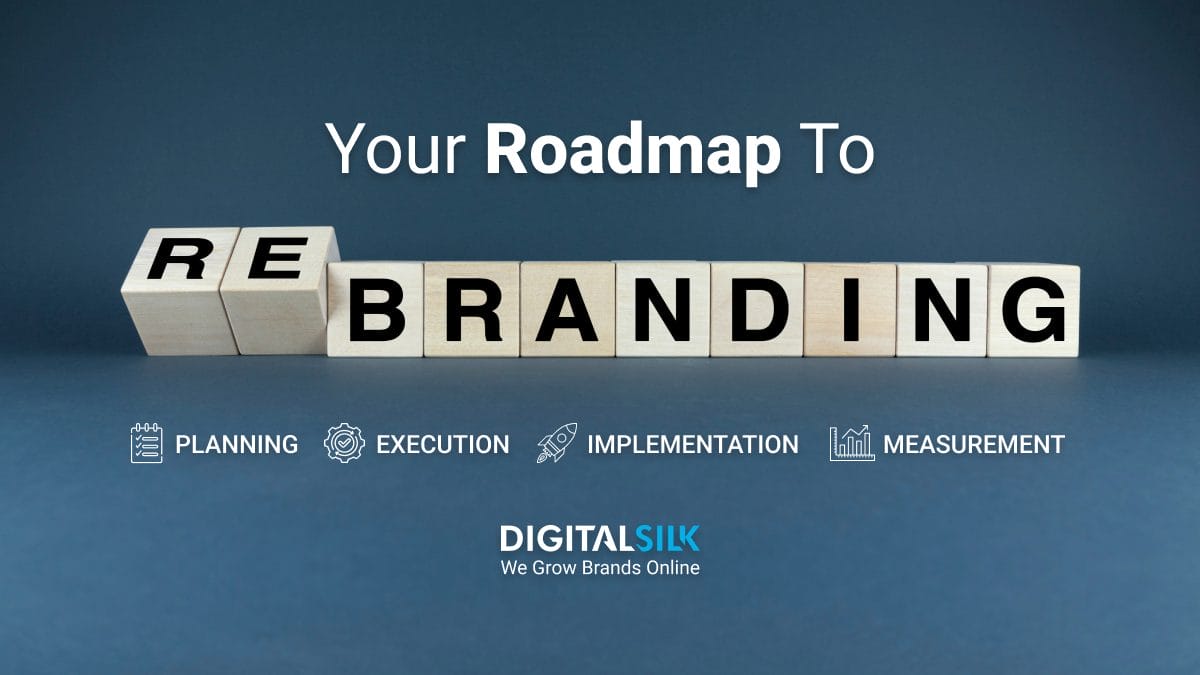Brand Trust Data: Key Highlights
-
Make trust visible: Social proof like testimonials and reviews has more influence than brand messaging.
-
Own the hard moments: Admitting mistakes and showing your response earns more trust than avoiding the issue.
-
Show your values: Responsible practices become powerful when they’re backed by action, not just claims.
Every meaningful relationship between a brand and its customers starts with trust and when that foundation is strong it shapes how people decide, purchase and remain loyal.
90% U.S. consumers say it’s important for them to trust the brands they buy from or use, highlighting how strongly this factor influences long-term growth.
When companies treat that insight as more than a number, it can shape marketing in ways that feel authentic, align with expectations and create stronger connections over time.
In this post, we’ll look at how you can use brand trust data to enhance marketing and create strategies that resonate with the audiences who matter most.
How To Use Brand Trust Strategies For Marketing
Brand trust marketing is most impactful when it draws on measurable signals like customer feedback, retention rates and purchasing patterns to show where trust is built and where it breaks down.
These insights help you decide which messages to emphasize, which experiences to improve and where to focus investment for the greatest return.
The following strategies illustrate how to translate customer sentiment into clear actions that strengthen brand preference and long-term loyalty.
1. Showcase Customer Reviews And Testimonials
Building brand trust starts with acknowledging that people believe each other far more than they believe a company’s own claims.
80% of consumers trust information about brands from people like themselves, while 68% of them rely on customer reviews when forming opinions.
Testimonials, case studies and user-generated content serve as proof points that can determine whether a prospect chooses to start a relationship with your brand or walks away to a competitor.
To apply this effectively, prioritize customer voices in ways that directly support decision-making:
- Place reviews on product or service pages where buying decisions are finalized
- Incorporate detailed client stories into campaigns aimed at prospects still weighing their options
- Showcase measurable outcomes in consumer-facing content to reinforce credibility with high-value accounts
- Encourage satisfied customers to share experiences on third-party platforms where trust is formed outside your own channels
One of the standout brand trust examples comes from Road Runner Sports, where Lori, a volunteer who gives over 40 hours of her time each week, describes how a fit expert and a 3D scan guided her to the right shoes for her needs.
Her story highlights the brand’s ability to combine personal care with advanced tools, creating trust through both expertise and empathy.
2. Incorporate Transparent Storytelling
Consumer trust in brands grows when companies are candid in moments that matter most.
89% of people say they are willing to trust a business again if it owns up to a mistake and explains the actions being taken to fix it.
Transparency also matters in everyday interactions, with 65.8% of U.S. consumers saying their trust increases when a company is upfront about how it plans to use personal data.
Together, these insights show that honesty about both setbacks and daily practices can turn transparency into a competitive advantage.
Ways to put this into practice include:
- Addressing product flaws or service breakdowns publicly and explaining the corrective measures step by step
- Publishing progress reports on commitments like sustainability or diversity rather than relying on broad claims
- Explaining exactly how customer data will be used to make people comfortable with the exchange of information
- Having executives communicate the reasoning behind major decisions so customers understand the intent, not only the outcome
For instance, Microsoft reinforces transparency by publishing detailed annual reports that outline government data requests, security practices and privacy commitments.

It also details specific security and privacy measures, giving customers a concrete view of how information is managed.
This level of disclosure turns abstract concerns about data into facts that people can evaluate, which strengthens brand reputation and trust.
3. Market Ethical And Responsible Business Practices
Brand reputation and trust are closely tied to how companies demonstrate their role in society.
73% of consumers believe brands should take meaningful action today to benefit both communities and the planet, which means responsibility is no longer an optional message but a defining expectation.
When ethical practices are clearly communicated and backed by proof, they become a powerful part of marketing that shapes preference and long-term loyalty.
Building brand trust through ethical and responsible practices starts with:
- Showcasing how sourcing, production and supply chain standards align with values customers care about
- Publishing clear updates on environmental or social initiatives rather than relying on broad mission statements
- Partnering with organizations or community programs that provide visible impact and align with your brand purpose
- Using campaigns to highlight measurable progress, such as waste reduction, renewable energy use or fair labor practices
When responsibility is integrated into the way a company operates and communicates, it shows that values are more than words on a website.
Ethical marketing turns into proof of action, highlighting the importance of brand trust through visible progress that customers can measure against their own expectations.
For example, Allbirds demonstrates its commitment to responsibility by focusing on climate change, fair labor, animal welfare and renewable energy.

The company follows a clear three-part approach: measuring emissions, reducing its footprint and supporting carbon removal, while also labeling each product with its carbon impact.
4. Maintain Consistent Messaging Across Channels
Increasing trust in a brand relies on consistency across every touchpoint, from the first ad a prospect sees to the last conversation they have with a sales rep.
54% of people walk away from an online purchase when product information is inconsistent, and that same hesitation extends to conflicting claims in marketing campaigns, service interactions or even executive statements.
When customers sense a disconnect, they question whether the company is as dependable as it claims to be.
Practical steps to address this include:
- Creating unified documentation for product and service information that everyone references
- Aligning leadership communication with brand values to avoid sending mixed signals
- Reviewing campaigns and content regularly to catch inconsistencies before they reach the market
- Providing customer-facing roles with consistent guidelines and materials to use in interactions
Maintaining consistency across every channel shows customers that the brand communicates reliably and acts in line with what it promises, which is far more persuasive than any tagline.
Coca-Cola is one of the strongest brand trust examples because it has delivered the same core message of happiness and togetherness for decades across advertising, packaging and sponsorships worldwide.
That consistency builds trust by proving the brand’s promise of shared moments and connection is present in every interaction.
5. Personalize Campaigns Using Trust Indicators
Traditional personalization relies on demographics like age, location or purchase history, but that only explains who a customer is, not how much they trust you.
Campaigns become far more effective when they segment audiences by trust signals, such as repeat purchases, referral activity, time spent engaging with content or feedback shared in surveys.
89% of companies say personalization is invaluable to their business, yet most still stop short of factoring in trust levels, which leaves them with messaging that misses the mark.
Personalization becomes more effective when you build data-driven marketing campaigns around how strongly customers already believe in the brand’s promises:
- Using brand trust survey results to segment customers based on whether they show strong trust, moderate trust or clear concerns
- Recognizing long-term customers with tailored offers or early access, while addressing hesitation directly for those who highlight gaps in trust
- Building campaigns that invite interaction through incentives, as 90% of customers are willing to engage when offered a clear benefit
- Tracking behaviors such as referrals, reviews and renewals to refine messaging using demonstrated signals of trust rather than assumptions
6. Create Educational Content That Demonstrates Expertise
Marketing is stronger when it draws on the credibility a company has earned and turns it into knowledge customers can act on.
Consumers are 131% more likely to buy from a company after engaging with educational content and within a week, those companies often see trust rise by 9%, with 73% of users saying they view the brand as more trustworthy.
Impactful educational content often combines research, practical guidance and forward-looking insights in a way that speaks directly to customer needs.
It can address industry challenges with data, simplify complex choices through clear explanations and frame decisions within a broader vision for the future.
Consistent educational content plays a direct role in building brand loyalty and trust by demonstrating expertise over time, while giving marketing campaigns weight because decisions are guided by knowledge rather than promotion.
For instance, Adobe builds trust by publishing tutorials, case studies and trend reports that help creative professionals sharpen their skills and stay ahead in their fields.
By consistently delivering content that teaches and inspires, the company strengthens building brand loyalty and trust while positioning itself as a partner in creative growth.
7. Co-Create New Products With Your Community
One of the most effective ways to use brand trust data in marketing is to invite customers into the process of shaping what comes next.
People who already trust a company want to feel their opinions matter and involving them in product development or service refinement turns that trust into advocacy.
Tracking engagement through brand trust metrics such as participation rates, feedback quality and repeat involvement gives leaders a clear sense of how trust translates into tangible outcomes.
Co-creation gains impact when customers see their input directly shaping what is launched.
Testing early versions, participating in advisory groups and contributing through structured forums gives them a clear role in the process.
When that input is visible in the final product, it strengthens trust, influences word-of-mouth marketing and creates new leads by turning participants into advocates who share their involvement with others.
For instance, M&M’s has run several “Flavor Vote” campaigns where fans select their preferred new variety, with the winner rolled out nationwide.
Framing the launch as a community decision encourages people to take part, share their votes publicly and follow the outcome, which extends the brand’s reach and attracts new customers.
Effective Ways To Improve Brand Trust & Sustain It
Every purchase, referral or repeat interaction shows that a customer already sees value in a brand.
The next step is learning how to build brand trust further by reinforcing those behaviors through marketing that shows consistency, transparency and value.
These long-term strategies focus on measuring brand trust, maintaining credibility and evolving without losing what made customers believe in you in the first place.
1. Consistently Deliver On Brand Promises
57% of consumers say the main reason they choose a brand is because it’s one they already know and trust.
Consistently meeting expectations for service, quality and communication is the most powerful way to protect that trust.
Delivering on promises over time ensures customers continue to view the brand as dependable.
2. Communicate In Moments That Matter
When brands stay quiet in moments that matter, customers fill the gap with their own assumptions.
In the case of brand-related crises such as product failures or service issues, silence signals avoidance and leaves customers uncertain about what to expect.
In the context of societal issues, 53% of people assume a brand that says nothing is either doing nothing or hiding something, which makes the absence of communication more damaging than an imperfect response.
Clear, timely communication in both situations shows accountability and awareness, which helps maintain trust even under pressure.
3. Act on Feedback And Show The Change
Customers expect their feedback to lead to visible improvements, whether in the products they use, the services they rely on or the way a brand communicates with them.
Acting on input and showing the changes that result demonstrates respect for the relationship and signals that the brand sees customers as active participants rather than passive buyers.
Over time, this approach creates a pattern of responsiveness that deepens trust and positions the brand as one that listens and adapts.
4. Evolve Without Losing Your Core Values
Innovation is vital for relevance, but it must be rooted in what customers already recognize and value about the brand.
Rapid change without continuity risks alienating those who have trusted you the longest.
The most effective approach is to evolve offerings while signaling the connection to long-standing values to reassure customers that while solutions improve, the principles behind them remain the same.
Use messaging to reassure customers that you’re growing with them, not away from them.
5. Prioritize Data Privacy & Security
Trust can collapse instantly if customers feel their data is at risk.
Ongoing reassurance through visible security measures, transparent privacy policies and proactive communication about protections keeps this concern in check.
Customers should never be left to assume their data is safe. Treating privacy as a brand promise rather than a legal necessity turns it into a competitive strength.
6. Deepen Loyalty Through Long-Term Value
Short-term incentives are fleeting, but programs that show commitment to customers over time deepen trust.
Create brand trust strategies that sustain engagement, such as personalized loyalty programs, member-only access, community forums, or helpful resources.
58% of marketers say personalization is key to building lasting relationships, so you should make customers feel seen and appreciated beyond the transaction.
Building communities, offering access to exclusive content or rewards and maintaining a sense of community transform short-term relationships into long-lasting bonds.
Key Brand Trust Metrics To Consider
Measuring brand trust works best when tied directly to performance indicators that show whether confidence in the brand is growing or fading.
The following metrics give leaders a way to connect customer perception with business outcomes:
- Net Promoter Score (NPS): Reveals how likely customers are to recommend the brand, making it a strong signal of both advocacy and future growth potential.
- Customer sentiment analysis: Draws insights from reviews, surveys and conversations to uncover attitudes that influence buying decisions and loyalty.
- Share of Voice (SOV): Indicates how visible your brand is in comparison to competitors and whether the conversation reflects authority or weakness.
- Brand favorability ratings: Shows the percentage of customers who hold a positive view of the brand, helping track shifts in reputation over time.
- Customer retention and churn rates: Connects trust to behavior by revealing whether customers continue to engage or decide to leave.
- Social listening and brand mentions: Measures how often the brand is discussed and whether the context strengthens or weakens public trust.
Use Brand Trust Marketing Effectively With Digital Silk
Brand trust grows when companies treat it as an active part of their marketing rather than something that develops passively.
The strategies outlined above show how consistency, transparency and customer involvement can turn trust into loyalty, advocacy and sustained growth.
Digital Silk‘s branding and marketing specialists help brands apply these principles to create campaigns that strengthen trust and build lasting value.
As a professional branding agency, our services include:
- Brand strategies
- Brand identity and marketing
- Rebranding services
- Logo and brand design
- Digital marketing
- Custom web design
Want to turn existing brand trust into a data-driven marketing strategy?
Contact our team, call us at (800) 206-9413 or fill in the Request a Quote form below to schedule a consultation.
"*" indicates required fields




